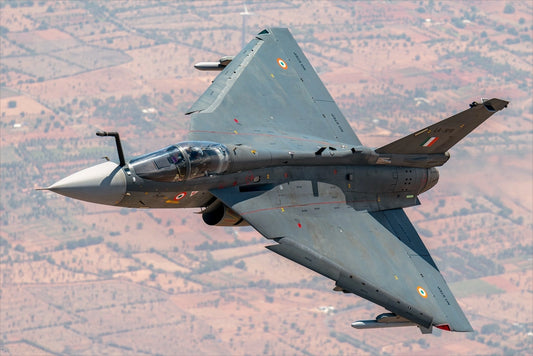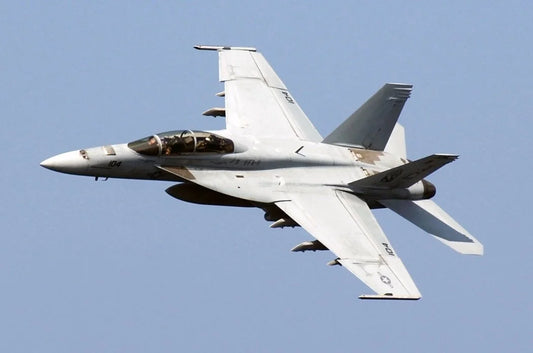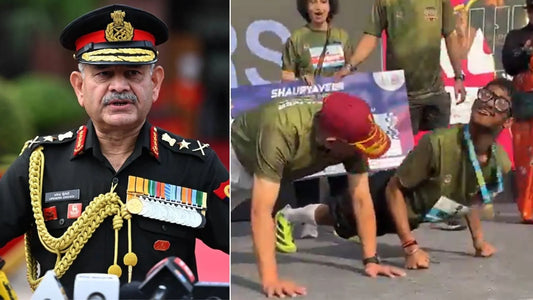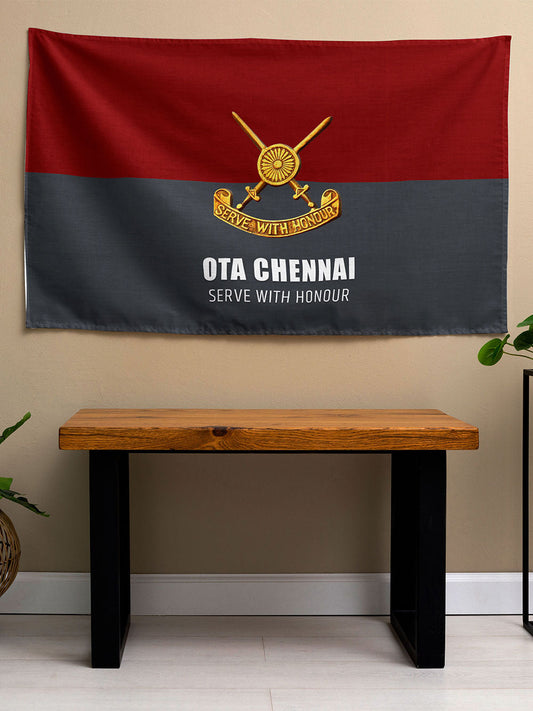Indian Air Force Executes Landmark Manned-Unmanned Teaming Exercise in Maritime Strike Off Konkan Coast
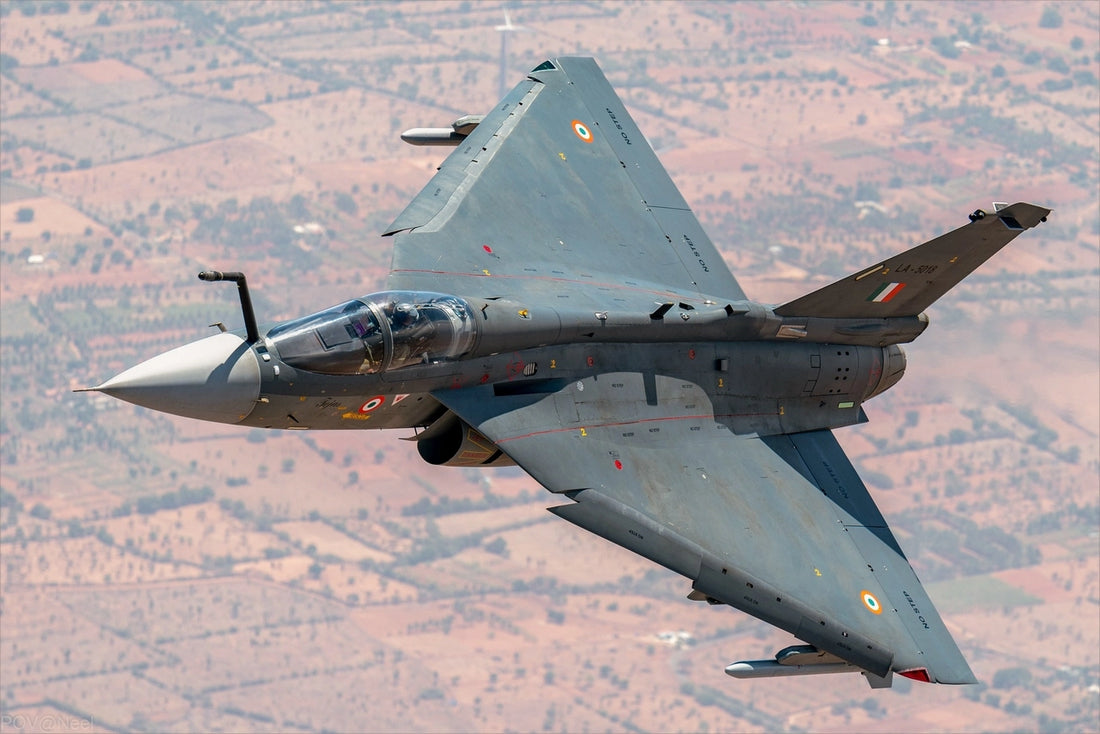
In a significant advancement for networked air power, the Indian Air Force, in collaboration with the Defence Research and Development Organisation (DRDO), successfully conducted an advanced Manned-Unmanned Teaming (MUM-T) maritime strike exercise. This operation, carried out off the Konkan coast, featured a piloted Tejas fighter jet leading two unmanned aerial vehicles (UAVs) in a coordinated effort involving sensor-to-shooter operations.
The exercise took place within a designated no-sail zone around Goa and Karwar and concluded with a coordinated recovery at Dabolim. The trial successfully demonstrated seamless command-and-control transitions, real-time sensor integration, and precision strike capabilities based on data relayed by the autonomous UAVs. The utilization of an Autonomous Control System (ACS) facilitated mid-mission role changes and autonomous maneuvers by the UAVs, enabling them to operate independently of direct human intervention from either the ground or the lead aircraft.
A notable achievement of the demonstration was the successful transfer of targeting data acquired by the UAVs to the Tejas, which then executed precision strikes on designated waypoints in a simulated maritime environment. This exercise highlighted the robust interoperability of command and control systems, resilient data links, and the potential to extend operational reach while minimizing risks to aircrew in contested scenarios.
The demonstration coincided with increased tri-service activities, such as Exercise Konkan with the UK Royal Navy and Exercise Trishul, emphasizing India's focus on joint operations and indigenous networked capabilities across the Arabian Sea. Officials from the Indian Air Force and DRDO described the MUM-T trial as a significant advancement in operationalizing autonomous teaming doctrines, which aim to enhance lethality, persistence, and survivability in future maritime operations.
